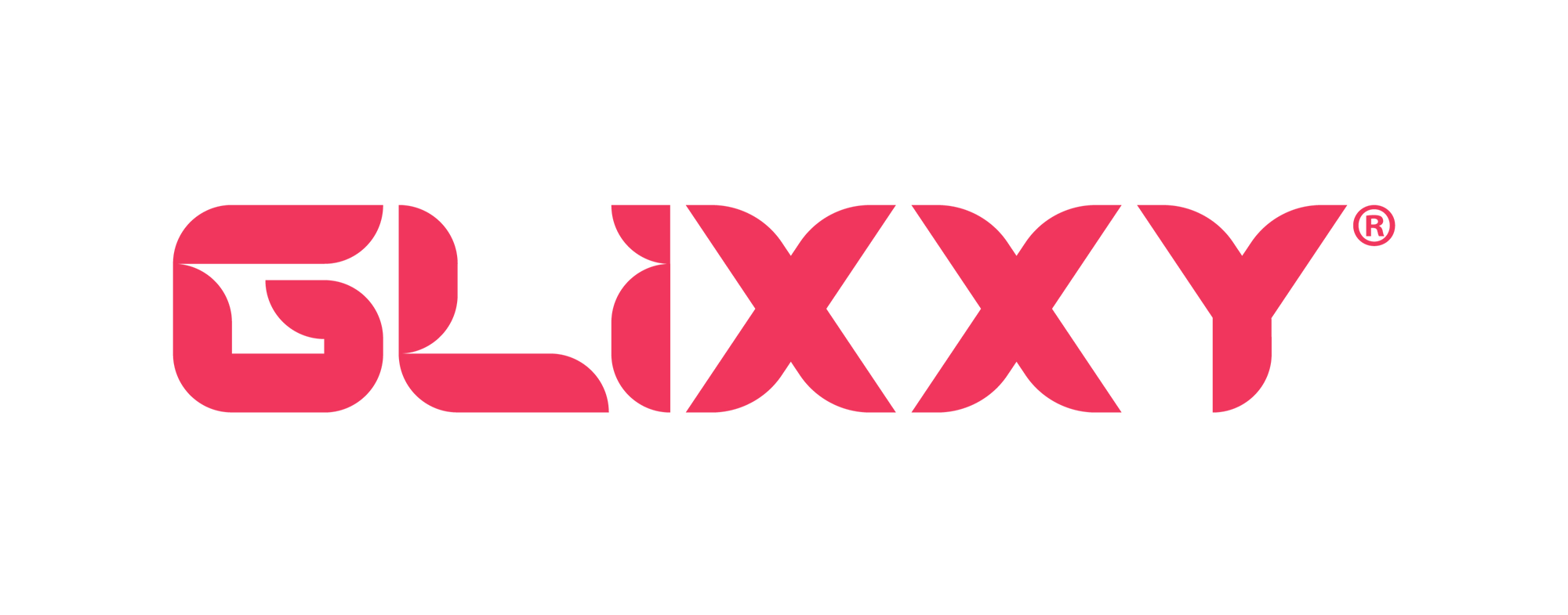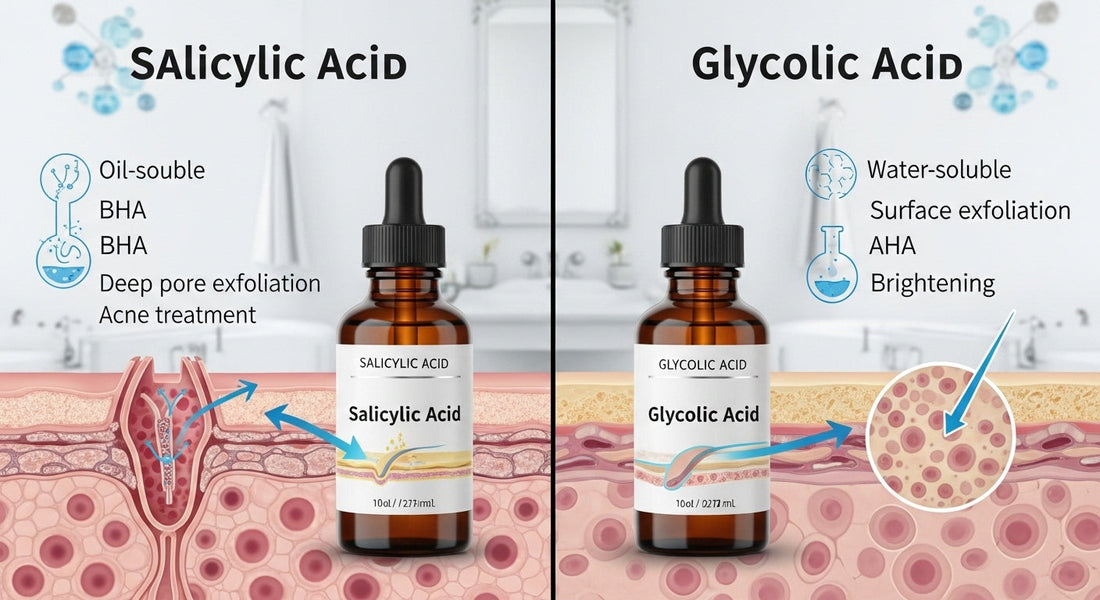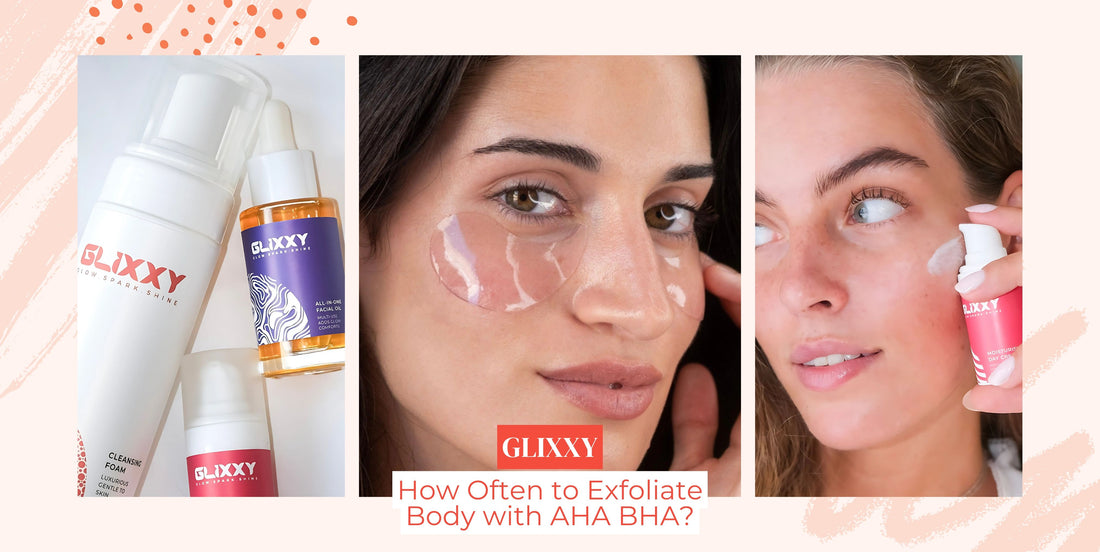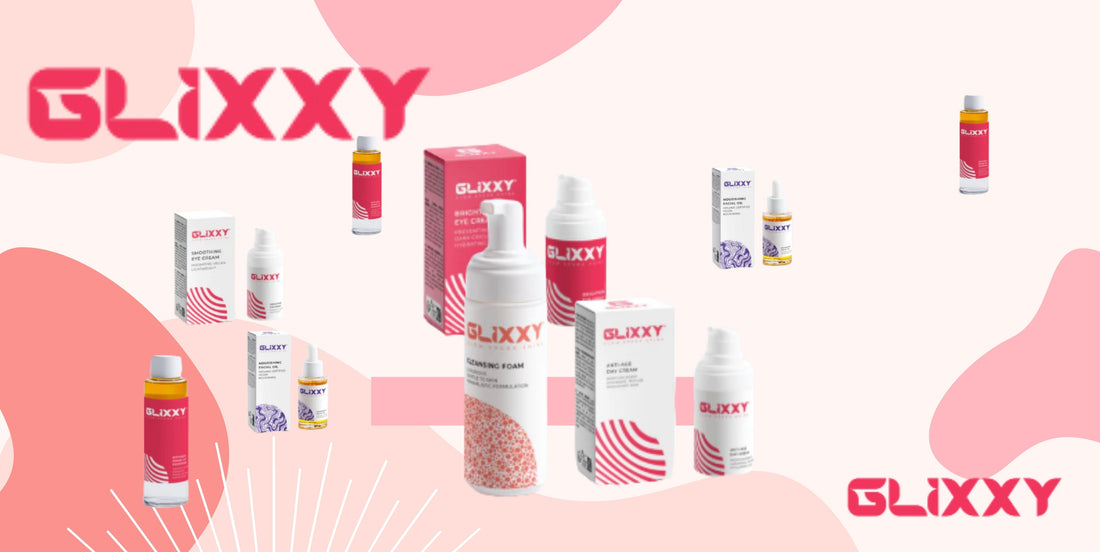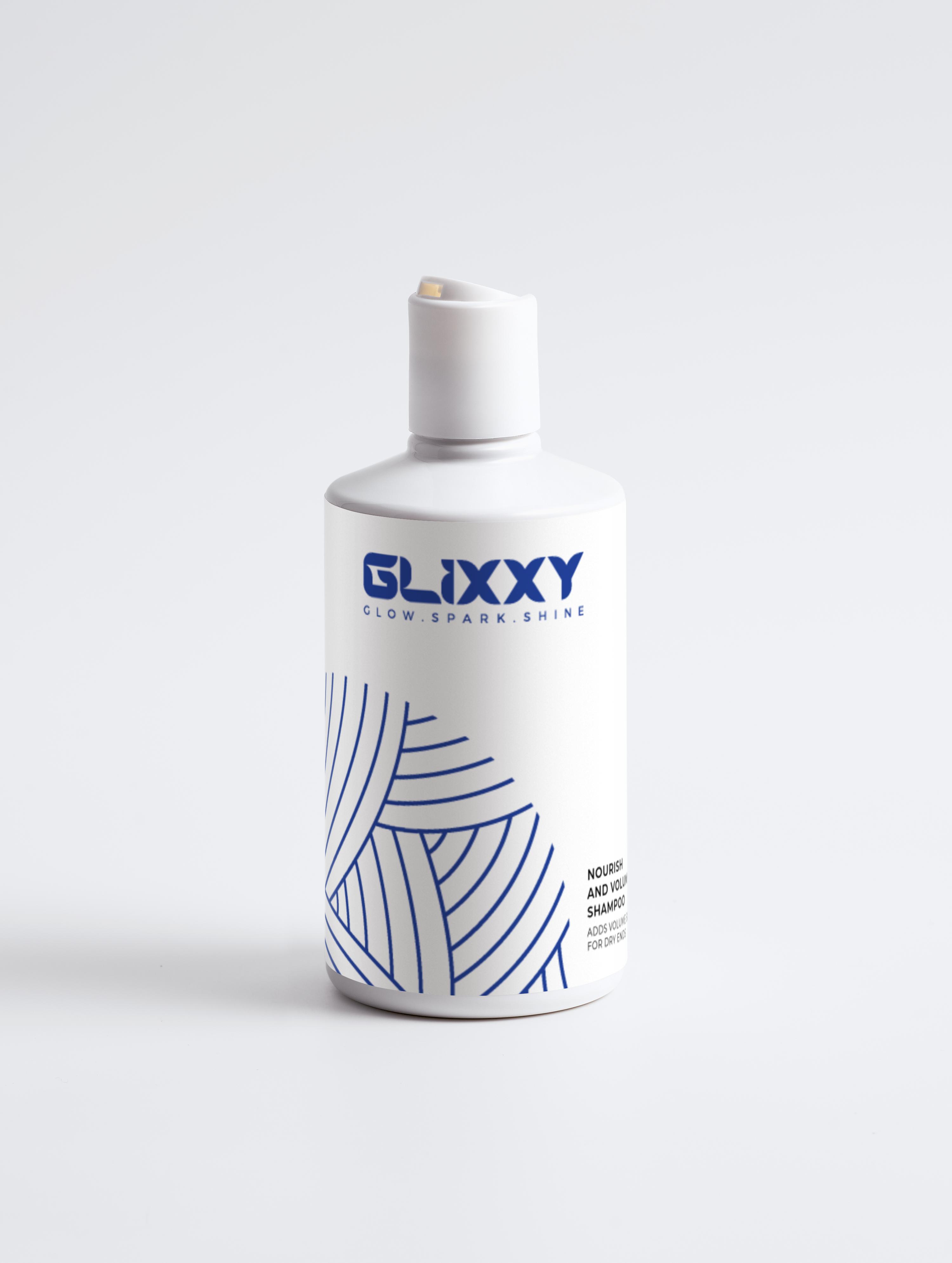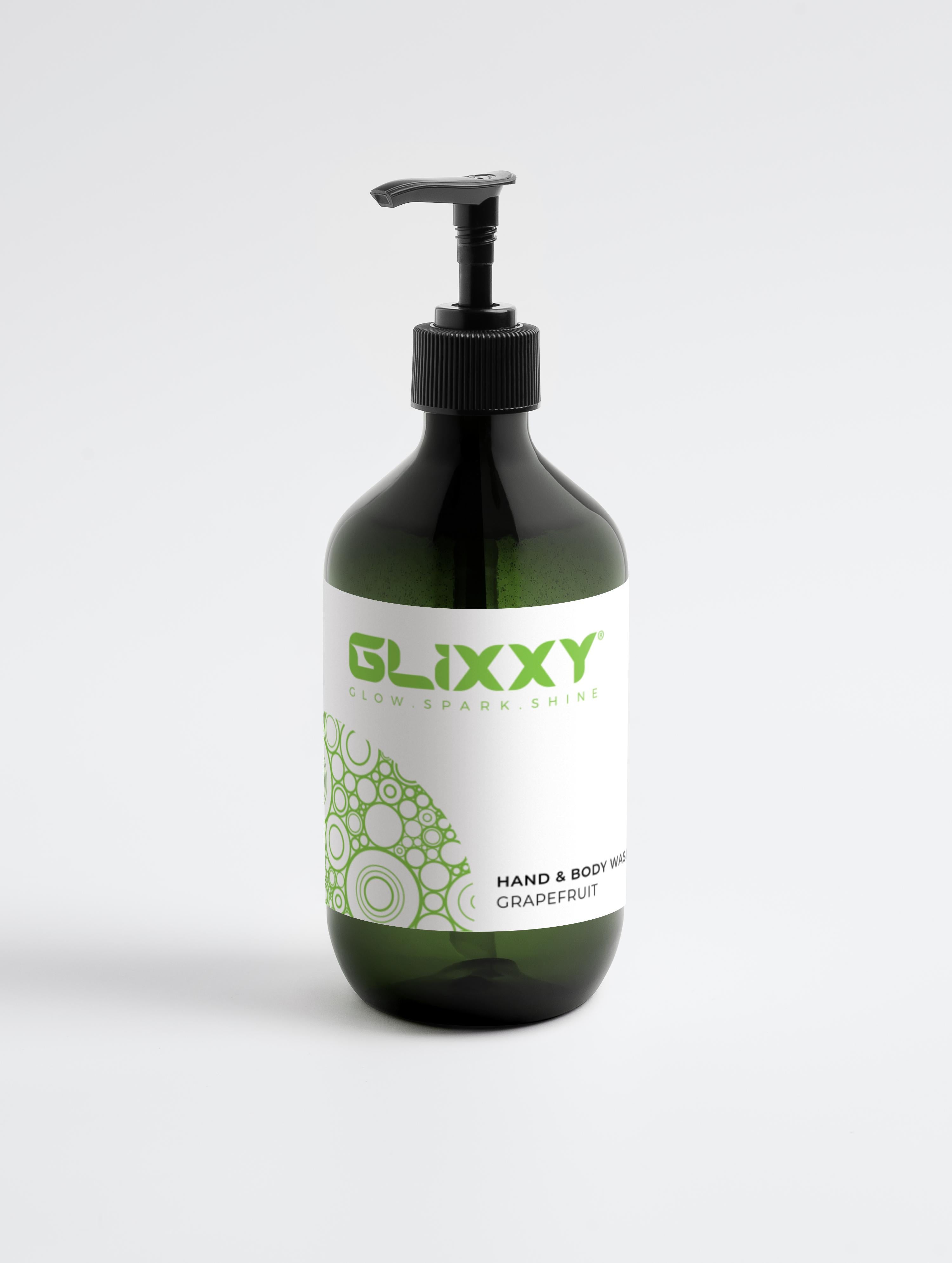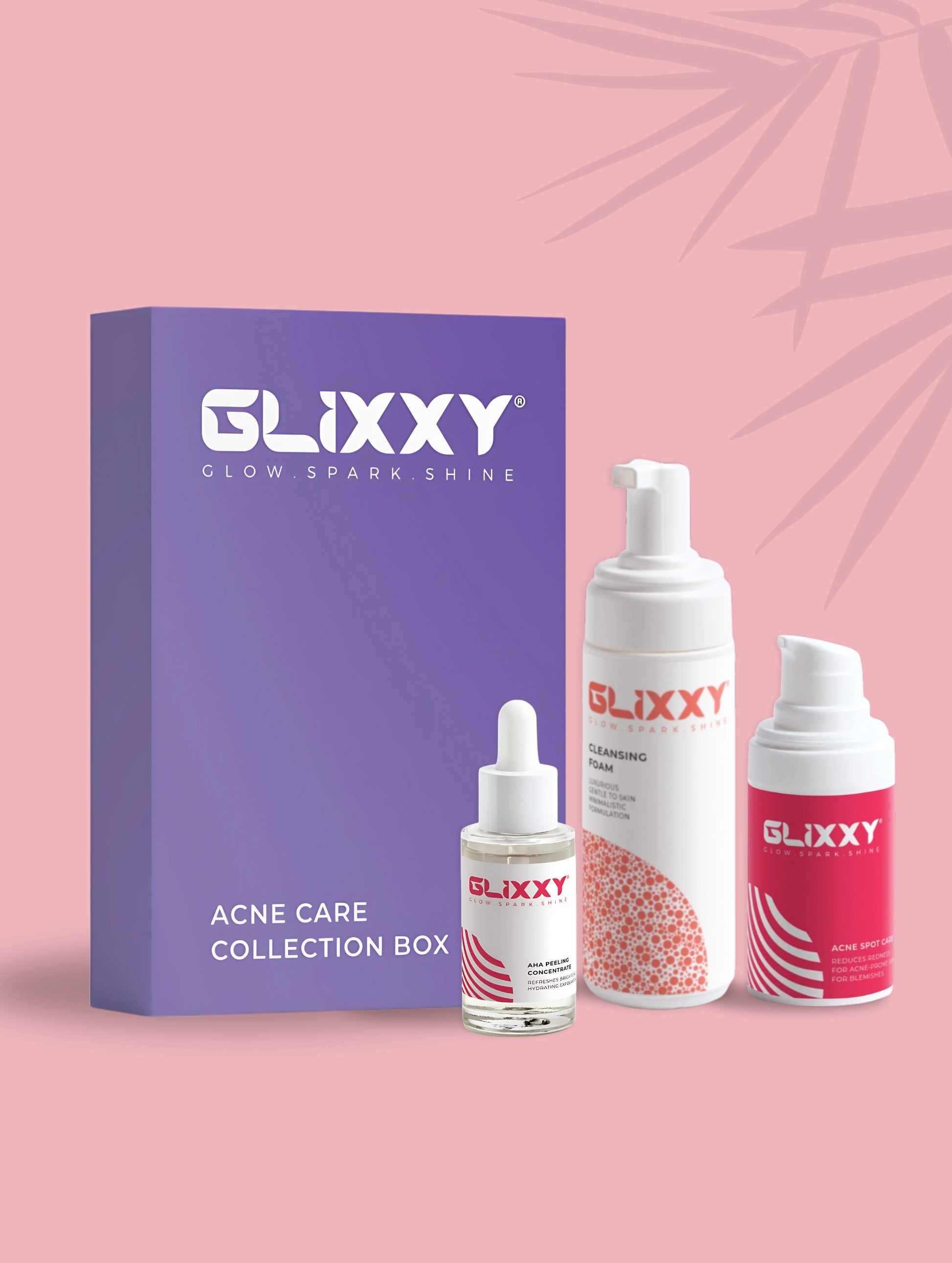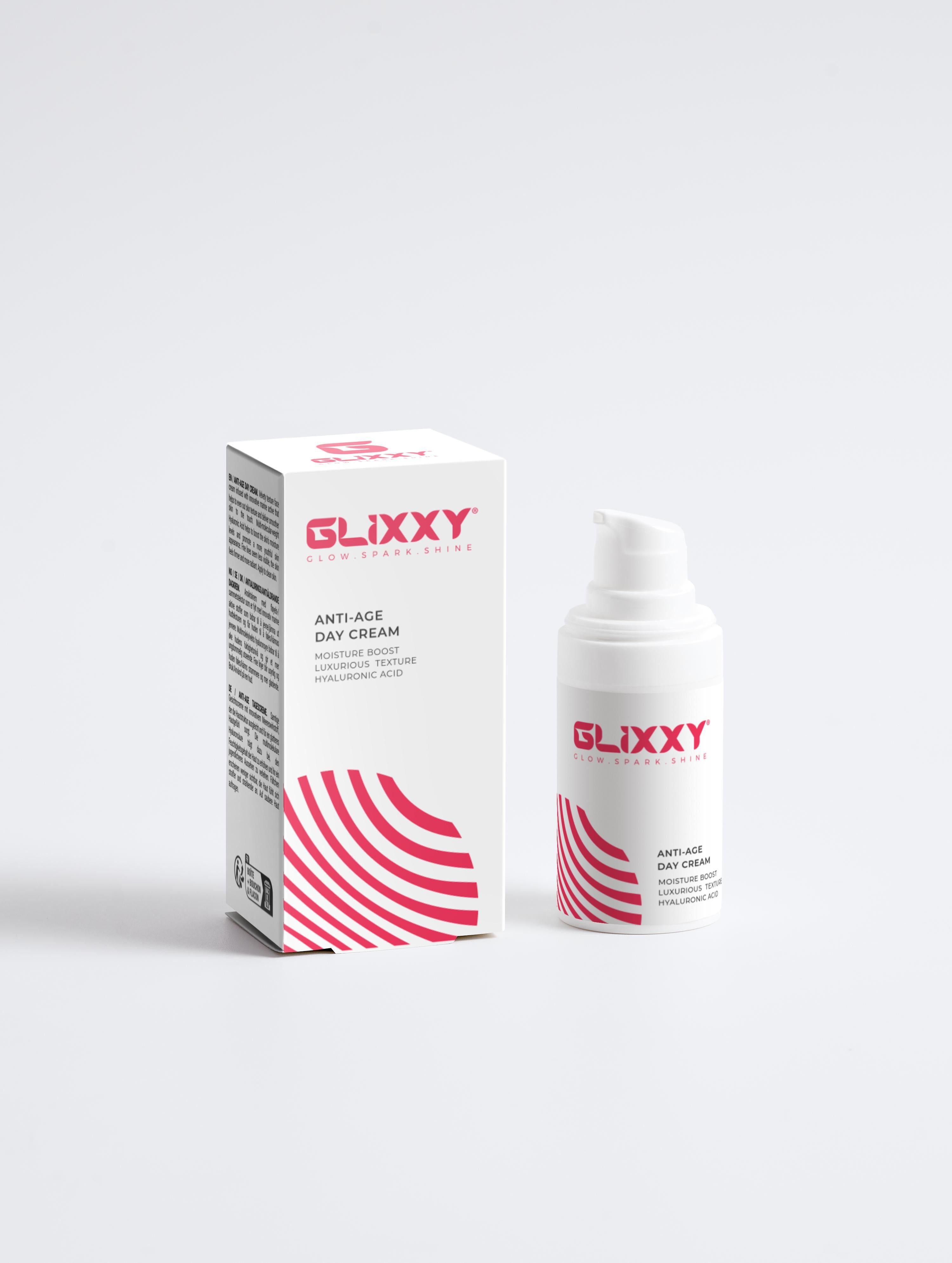Blackhead Removal: The Most Effective Methods
Blackheads are one of those skincare struggles that just won't quit. They show up uninvited, usually on your nose or chin, and no, washing your face a million times won't make them vanish especially if you have oily skin.
If you are tired of wasting time on pore strips or TikTok acne treatment hacks that barely work, we have got your back.
In this guide, we will be breaking down the most effective (and actually safe) methods of treating blackhead backed by science.
What exactly are Blackheads?
Okay, let's clear this up right away: blackheads are not dirt. I used to think that, too (thanks to skincare myths, maybe), but it turns out they are just clogged pores that have been exposed to air.
When the gunk inside (sebum and dead skin cells) oxidizes, it turns dark. That's it. It's not dirt or any sort of filth; it is just basic skin science.
You will usually find blackheads hanging out on your nose, chin, and sometimes your forehead. These spots have more sebaceous glands around hair follicles, which means they are like prime real estate for clogged pores.
What are the Causes of Blackheads?
Now, what actually causes them? A few things.
If your skin produces extra oil, that is one major factor. Genetics can play a role, too; some of us have naturally enlarged pores or more active oil glands. And yep, your skincare or makeup might be making things worse if they are full of comedogenic ingredients (the stuff that clogs pores).
Long story short, deep blackheads aren't gross; they're just pores doing too much. Understanding what actually causes them is the first step to getting rid of them for good.
What's the Best treatments to get rid of Blackheads?

Honestly? There isn't just one magical solution. But there are a few solid methods that actually work. Following acne spot treatment methods effectively unclog pores, remove dead skin cells, treat stubborn blackheads, ensure clear skin over time.
And no, pore strips are not on this list.
Salicylic Acid:
Let's start with a certified classic: salicylic . This stuff is a BHA (beta hydroxy acid), and it's one of the only ingredients that can go deep into your pores and break up all that trapped oil and dead skin.
If you are not already using a 2% salicylic acid cleanser or serum, now is the time. It works gently like a charm on acne scars if you use it consistently.
Retinoids:
Next up, we have retinoids, specifically adapalene (the one in Differin gel) or tretinoin (strictly if you have a prescription).
These are game-changers for sensitive skin aging with time. They speed up your skin's cell turnover, which basically keeps your pores from getting clogged in the first place.
Chemical Peels:
If you want to level up, chemical peels might be worth looking into. Here, we are talking about the ones done professionally. And please, not the DIY TikTok ones (please, no).
Dermatologists usually use higher concentrations of salicylic or glycolic acid (like 20-30%), and just a few sessions can help clear out even the most stubborn congestion. It's a bit of an investment, but if you are dealing with deep, recurring blackheads, this can seriously help you to treat acne.
Clay Mask + Steam Combo:
Lastly, there is the clay mask + steam combo. Think of it like a spa day for your pores.
Kaolin or bentonite clay helps suck out excess oil. If you follow that with a warm compress or light steam, you can gently extract blackheads without going full-face assault mode.
Just make sure not to overdo it; once a week is plenty.
TL;DR? The best method is the one that works for your skin and your routine. Start slow, stay consistent, and ditch the worsen acne, harsh scrubs and gimmicks. Your pores will thank you.
Are there safe Blackhead Removal Methods?

The short answer is yes, but not all methods are created equal, and some can seriously mess up your skin if you are not careful.
Let's take a look at some safe blackhead removal methods:
Let's talk about dermatologist extraction first. This is one of the safest ways to get rid of existing blackheads, especially if you have those deep, stubborn ones that won't budge.
Pros use sterilized tools, proper lighting, and steam to gently open pores so there is less risk of scarring or infection. It is basically the opposite of squeezing in your bathroom mirror with questionable lighting and zero technique (we have all been there, no judgment).
Hydrocolloid Patches:
Another safe and surprisingly effective option is Hydrocolloid patches. You have probably seen them for pimples, but some brands make versions specifically for clogged pores.
These little patches draw out gunk overnight without any irritation or picking. I would recommend using them after a warm shower because that's when the pores are a bit more open. These are super satisfying superficial peels and low effort removal of pesky blackheads.
BHAs or AHAs:
If your skin is on the sensitive side, try low-strength BHAs or AHAs. We are talking about gentle exfoliants like a 0.5% salicylic acid toner or a light lactic acid serum.
These help keep pores clear over time without totally stripping your skin barrier.
Oil Cleansing:
It might sound a little backwards, like using oil to fight oil…? But trust me, it makes sense. Natural oils like jojoba or rosehip are great at dissolving sebum inside your pores without stripping your skin.
You can massage a few drops of this oil into dry skin for a couple of minutes (really get in there around the nose), then rinse off with a warm washcloth.
Exfoliating Toners:
Exfoliating toners are legit if you are dealing with texture or congestion. Ingredients like glycolic or lactic acid help to gently exfoliate the top layer of skin, clearing out dead cells before they can clog your pores.
Just don't go overboard; 2 to 3 times a week is more than enough.
How can I prevent blackheads long-term?
Removing blackheads is one thing, but keeping them from constantly coming back? That is the real game. And yeah, it is less about finding some miracle skin products and more about staying consistent with the basics.
Here are a few things that you should do if you want to reduce blackheads long-term.
Daily Routine:
Let's start with your daily skincare routine. If you are not already using an oil-free, non-comedogenic moisturizer, please get started on that.
We recommend using our chemical solution Niacinamide Gel Moisturizer because it is lightweight and doesn't clog pores. A good moisturizer actually helps balance oil production, which means fewer blackheads, not more.
And don't skip SPF, especially if you are using actives like salicylic acid or retinoids. Sun exposure can make blackheads look darker and more noticeable, and it also makes your damaged skin more reactive.
Go for SPF 30 or higher every day, even if you are indoors. (Yes, windows and cloudy days count.)
Lifestyle Habits:
After a routine, we have lifestyle habits that low-key make a big difference like washing your pillowcase once a week.
Seriously, your face is on it for 6-8 hours a night. Also, if you are using noncomedogenic makeup, try to avoid heavy silicone-based products (they can trap oil and grime in your pores), and always cleanse your face after sweating.
Gym, hot weather, stress-sweat, rinse it off. Your pores will thank you.
Final Words:
At the end of the day, blackheads aren't a flaw; they are just a super common skin thing that happens when your pores get a little too crowded. The good news is that you don't need to attack your face with harsh scrubs or peel-off masks to deal with them.
The best approach is slow, steady, and science-backed. And if you are building your routine from scratch or just wanna level it up, definitely check out what we are doing over at Glixxy.
